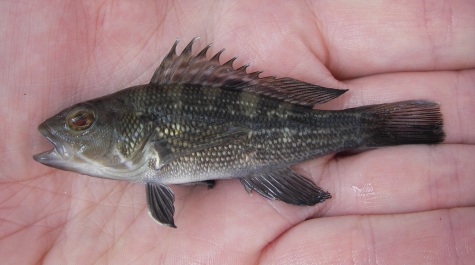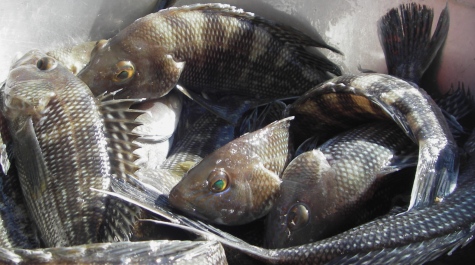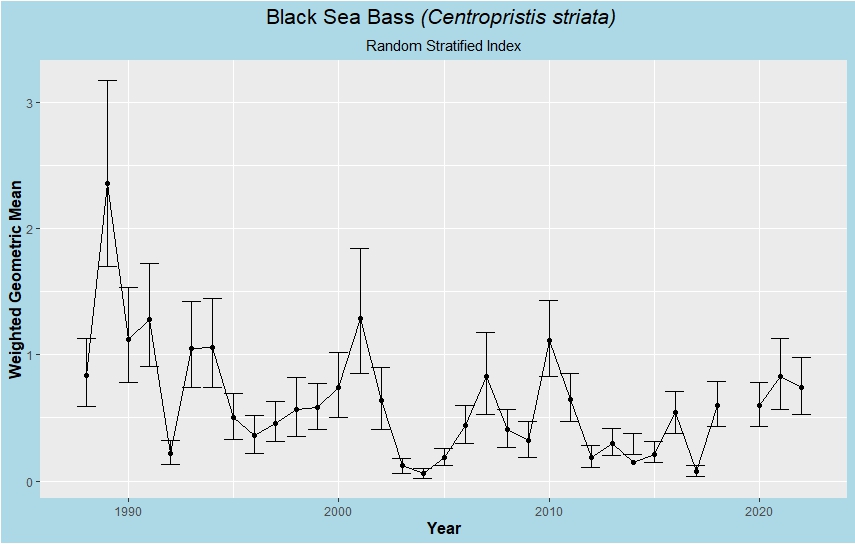Black Sea Bass
- This species first recruits to the survey gear in August.
- The Young-of Year cutoff values are:
- August: 0-70 mm.
- September: 0-85 mm.
- October: 0-100 mm.
- November: 0-105 mm.
- December: 0-110 mm.
- January: 0-110 mm.
- February: 0-110 mm.
- March: 0-110 mm.
- April: 0-110 mm.
- May: 0-110 mm.
- June: 0-150 mm.
- July: 0-175 mm.
- YOY Index months are in bold.
- The index is for Young-of-Year fish, but using survey months in the year following the year of spawning.
- Stations in all the Chesapeake Bay strata and the lower James River strata are used for the index.
Data collected after the transition to a new vessel and net (June 2015) have been adjusted by a species-specific calibration factor. Note we were unable to calculate an index for 2020 because of a pause in sampling due to COVID-19.
For more information on how this species is managed please visit the ASMFC website.




